Most brands use colors to communicate their core values to the target audience. Hence, the colors you use in the branding of your company and its products can’t be just randomly chosen. If you approach branding as a form of communication, you’ll soon understand that each visual element from a company’s logo to the product packaging is like a statement and if these elements aren’t compatible your marketing message is not going to be coherent.
The green color is by no means a rarity in branding. On the contrary, brands from a broad range of industries use this color to convey their marketing messages to their potential clients.
Understanding the Psychology of the Green Color
Each color evokes different associations and emotions, so you must choose the colors you use in your branding strategy carefully. Most people associate the green color with peace, tranquility and the clarity of mind, that we so often find in nature. Consequently, brands that promote healthy lifestyles commonly pick the green color as their trademark.
Lighter shades of green can suggest kindness, compassion and nourishing which is the reason why environmentalist organizations like Greenpeace or Friends of the Earth rely heavily on this color in their branding.


The dark green color is frequently associated with prestige, money and wealth, which can spark negative interpretations of brands as overly ambitious, materialistic or greedy. Even though the green color is related to spring and new beggings, in some far-east countries this color can be associated with infidelity or prohibited actions, which makes it a poor choice for packing of the products on these markets.
Moreover, each shade of the green color can be interpreted differently, so pale green is an excellent choice if you want to portray your brand as youthful. The jade green, on the other hand, indicates reliability and generosity and it is a better option for brands that are trying to establish a bond of trust with their clients.
The Advantages of Using the Green Color in Branding
Some of the largest brands in the world use the green color in their branding, but for different reasons. For instance, the iconic clothing brand Lacoste is among the finest examples of how the green color can be used to suggest wealth and prestige. The LandRover auto industry brand is also famous for its applications of the green color in their branding that indicates social status and prosperity.

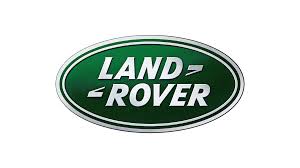
What’s more brands like Heineken, Starbucks and Whole Foods Market are all excellent examples of how the green color can be used in branding successfully. However, whether or not you are going to use this color in your branding strategy depends on a broad range of factors. Including the market on which you’d like to offer your products, the messages you’d like to convey to the target audience or emotions you’re trying to evoke. Combining the green color with red, blue or yellow might be a good idea if you would like to expand the scope of possible association evoked by the colors you used in your branding strategy.
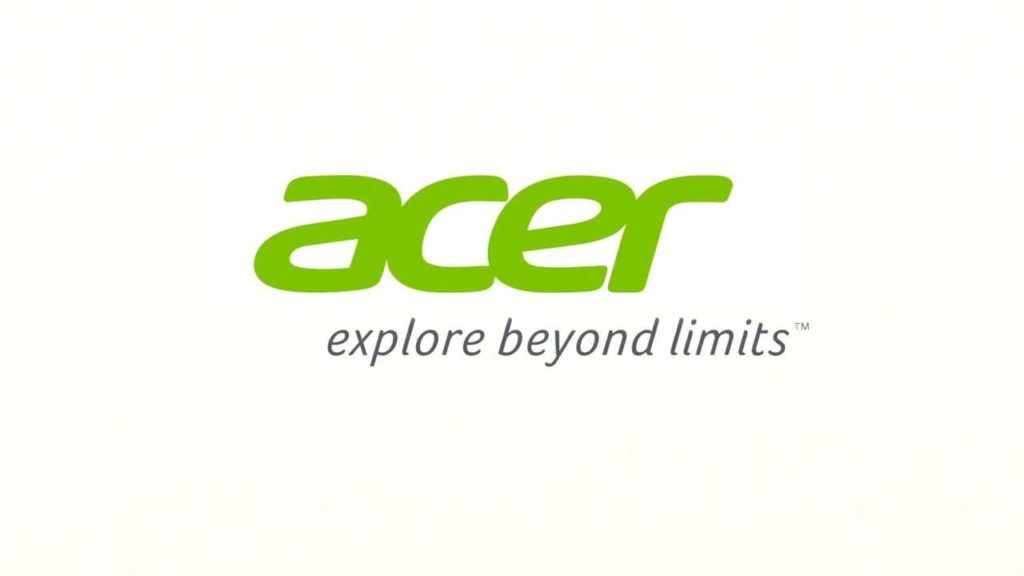
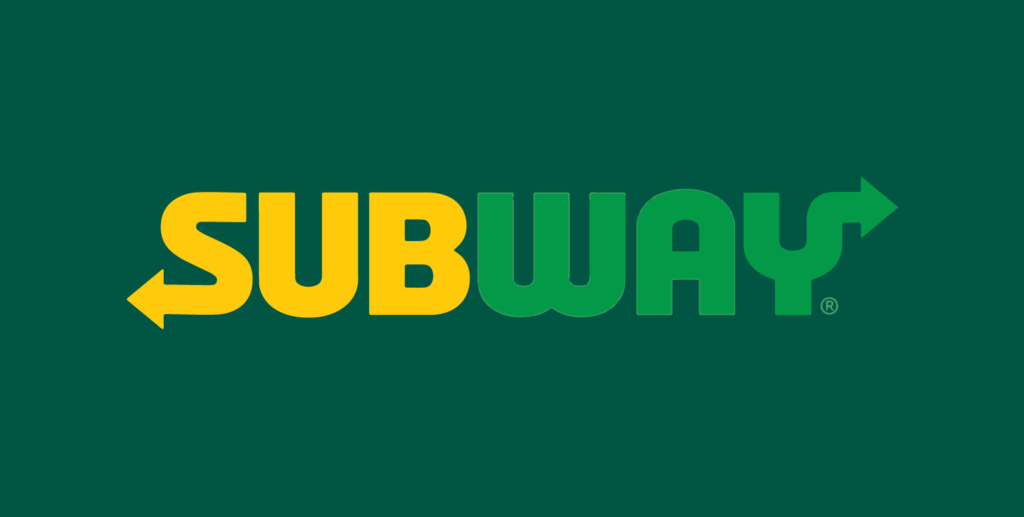




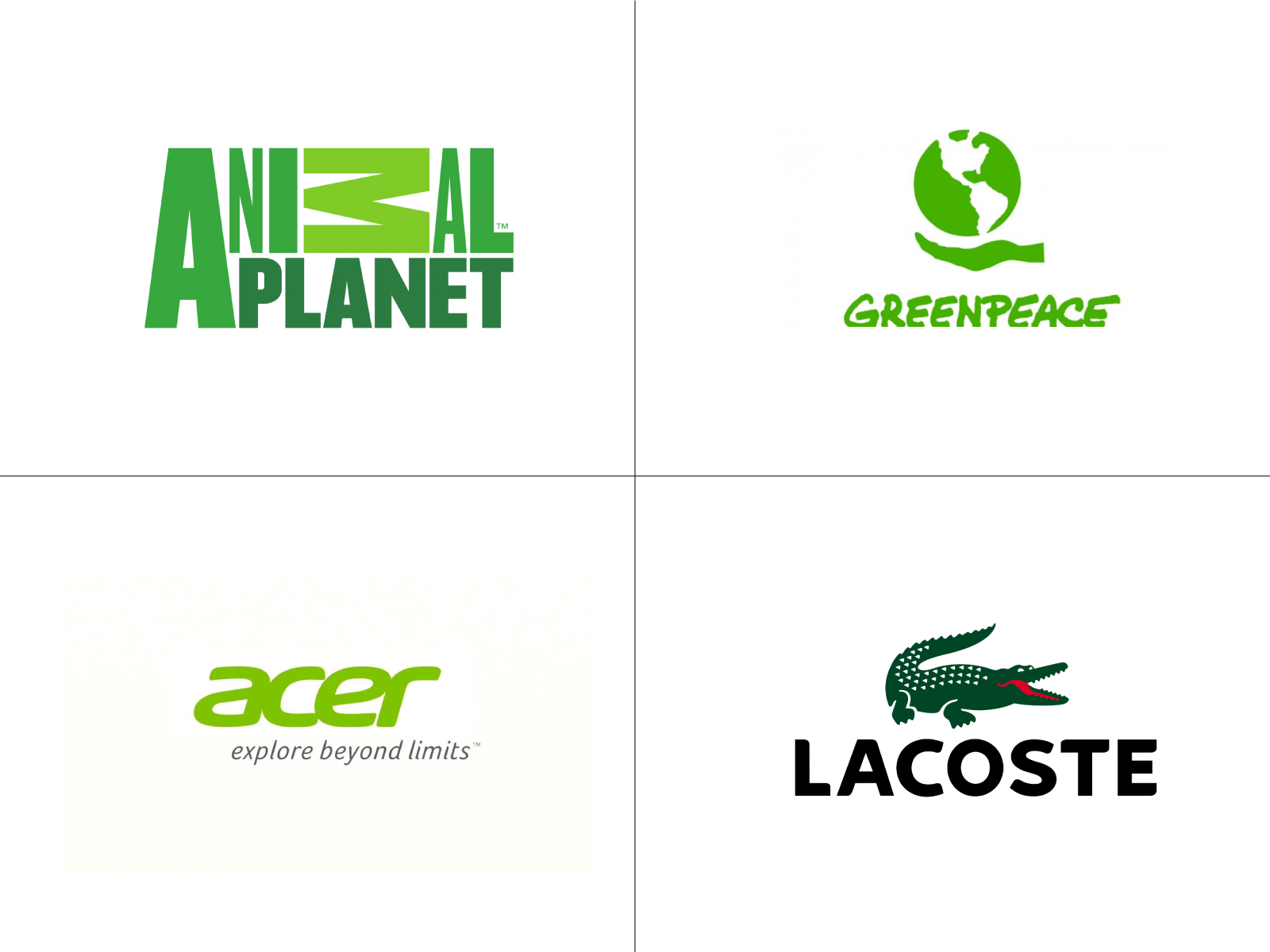

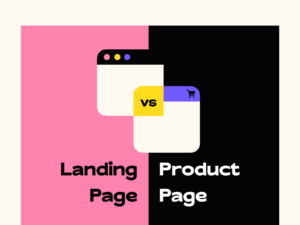
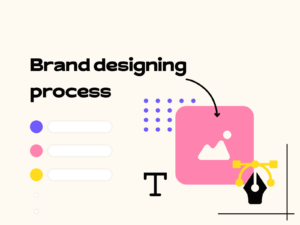
 Book a Meeting
Book a Meeting